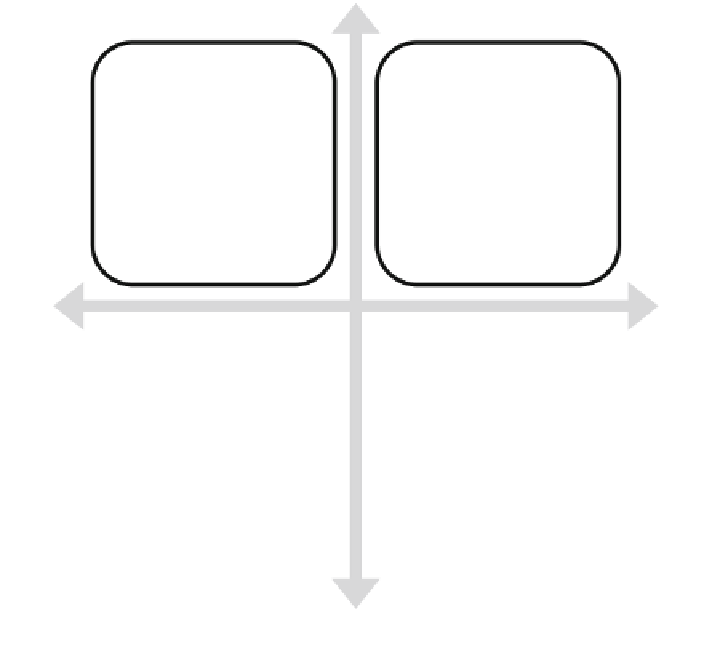Civil Engineering Reference
In-Depth Information
Supply side management
:
Renewable energy
technologies & electrical
system retrofits
Solar thermal systems
Solar PV/PVT systmes
Wind power systems
Biomass systmes
Geothermal power systmes
Electrical system retrofits,
etc.
Human factors
:
Energy
consumption patterns
Comfort requirements
Occupancy regimes
Management and
maintenance
Occupant activities
Access to controls, etc.
Demand side management
:
Energy efficient equipment
and low energy technologies
Control upgrade
Natural ventilation
Lighting upgrade
Thermal storage
Energy efficient equipment
and appliances
Heat recovery, etc.
Demand side management
:
Heating and cooling demand
reduction
Building envelope insulation
Windows retrofits
Cool roof and cool coatings
Air tightness, etc.
Fig. 3
Main categories of building retrofit technologies (Ma et al.
2012
)
The retrofit technologies for supply-side management include electrical system
retrofits and the use of renewable energy, such as solar hot water, solar photo-
voltaic (PV), wind energy, geothermal energy, etc., as alternative energy supply
systems to provide electricity and/or thermal energy for buildings. In the last years,
there has been an increasing interest in the use of renewable energy technologies
as building retrofit solutions due to the increased awareness of environmental
issues.
The retrofit technologies for demand-side management consist of strategies to
reduce building heating and cooling demand and the use of energy-efficient
equipment and low-energy technologies. The heating and cooling demand of a
building can be reduced through retrofitting the building envelope and the use of
other advanced technologies such as air tightness, windows shading, etc.
Low-energy
technologies
may
include
advanced
control
schemes,
natural
ventilation, heat recovery, thermal storage systems, etc. (Ma et al.
2012
).


